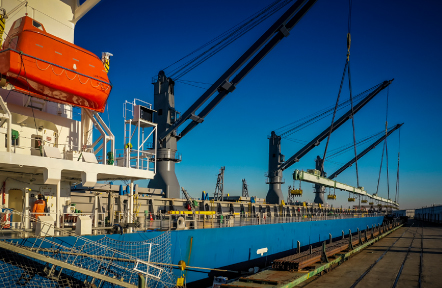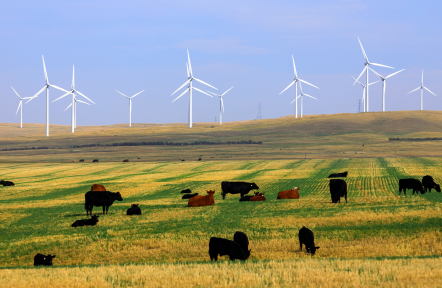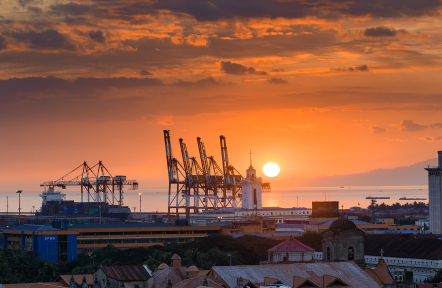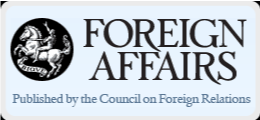Not widely known by most people, Bolivia is home to a thriving Japanese community, which traces its roots back more than 60 years. Since the 1950s, these Bolivians of Japanese ancestry have contributed to the growth of the country’s economy and have made their mark in their adopted land.

With financial assistance from the Japanese government, these immigrant communities established the colonies of San Juan de Yapacani, Pueblo Nissei and Colonia Okinawa (in homage to their ancestors’ homeland) in the eastern lowlands of Bolivia, where they engaged in growing crops and raising livestock.
Because of the connection, Japan was among the first countries to form a partnership with Bolivia’s government in its national development projects, particularly in infrastructure, technology transfers, manpower exchanges and humanitarian aid.
One example of Japanese-Bolivian cooperation is the Viru Viru International Airport in Santa Cruz, built in partnership with construction giant Nissho Iwai. And in the area of mining, Japan remains the largest investor through Sumitomo’s San Cristobal project.
According to Ambassador Kyoko Koga of Japan: “The most relevant Japanese presence here is Minera San Cristobal. Bolivia has become the second-largest exporter of zinc to Japan and that accounts for 23.3 percent of its exports to our country. It has also become the third-largest exporter of lead to Japan, accounting for 12.6 percent of its exports to Japan.”
When Evo Morales, Bolivia’s first indigenous president, came to power in 2006, he was riding a wave of popular sentiment for systemic change and social inclusion.
Since the mid 2000s, Morales’ political party, Movemiento al Socialismo has implemented programs that have since lifted more people out of poverty than at any other time in the nation’s history.
Of course, like any developing nation, Bolivia still faces formidable challenges, such as bureaucratic inefficiency and corruption. Nevertheless, Morales’ government has made gains. In Transparency International’s latest global corruption index, Bolivia’s ranking improved from 118 to 113 out of 183 countries.
Some issues of concern for foreign investors are Bolivia’s hydrocarbon laws and the proposals to amend the constitution in favor of the nationalization of industries.
However, the government has addressed those concerns. Santiago Nishizawa, a La Paz-based lawyer who has advised on the largest Japanese investments in the country, pointed out that these new laws “apply only to companies that previously belonged to the state and are now renationalized.” He continued: “New entrants to the market need not worry about talks of nationalization. This is something that’s been overblown by the media.”
Encouraged by the government in La Paz, the private sector is aggressively looking for joint venture partners in the oil and gas sector. Blessed with lush forests in the east and the Salar Salt flats to the west and south, tourism has become a significant contributor to economic growth. Many Japanese tourists go to Bolivia, with many of them considering the country a bucket-list destination.
So, what is next for this landlocked South American country?

According to Jorge Lema Patino, CEO of MINPRO and a former ambassador to the U.N., “Even though Bolivia’s minerals exports are not as high as those of neighboring countries such as Peru, Chile and Brazil, the country’s mining potential is greater due to the fact that Bolivia is located on different geological structures and boasts a variety of mineralogical areas.”
In the 1970s, these areas were studied in detail by the Japan International Cooperation Agency, and these studies remain the most comprehensive geological survey of the country, along with another conducted by the British Geological Mission.
In fact, the Cordillera Oriental mountain range in the east contains valuable minerals of wolfram, tin, as well as deposits of gold, silver, bismuth and other base metals. The country also possesses a copper belt spanning the country that has huge potential.
Bolivia’s Andean region has shown presence of polymetallic minerals, already partially exploited in San Jose, Santa Fe and Garci Mendoza in Oruro. The country’s volcanic belt in the altiplano (high plateau) , which spans the Cordillera Occidental from La Paz to Potosi, contains polymetallic zinc, silver, lead, indium, gallium and pyrite minerals.
Additionally, the Uyuni salt lake boasts the world’s largest deposit of lithium and has also been found to be rich in boron and potassium, among other elements.
Bolivia’s eastern lowlands of Santa Cruz also contain deposits of gold, nickel, silver, copper of the skarn type and rare earth elements, along with columbite, ilmenite and precious stones such as bolivianita, a unique ametrine mineral that is a mix of amatiste and citrine quartz.
Finally, the southeastern part of Bolivia also holds the world’s largest iron ore deposit with estimated reserves of 40 billion tons, in El Mutun near the border of Brazil.









